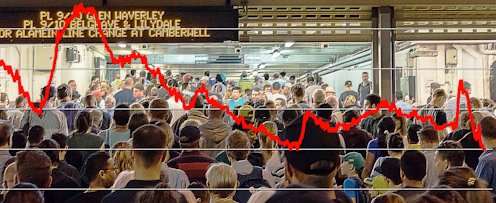Technically our unemployment rate now begins with a '3'. How do we keep it there?
- Written by Jeff Borland, Professor of Economics, The University of Melbourne

The official employment figures say the unemployment rate for March was 4.0%[1], exactly the same as a month earlier.
But if you’re prepared to download the spreadsheet and work it out, you’ll find that expressed to two decimal places the rate actually fell, from 4.04% to 3.95%[2].
The Bureau of Statistics confirms this by saying on its website that the unemployment rate fell by 0.1 percentage points between February and March while also (apparently inconsistentlly) saying it was 4.0% in both months.







